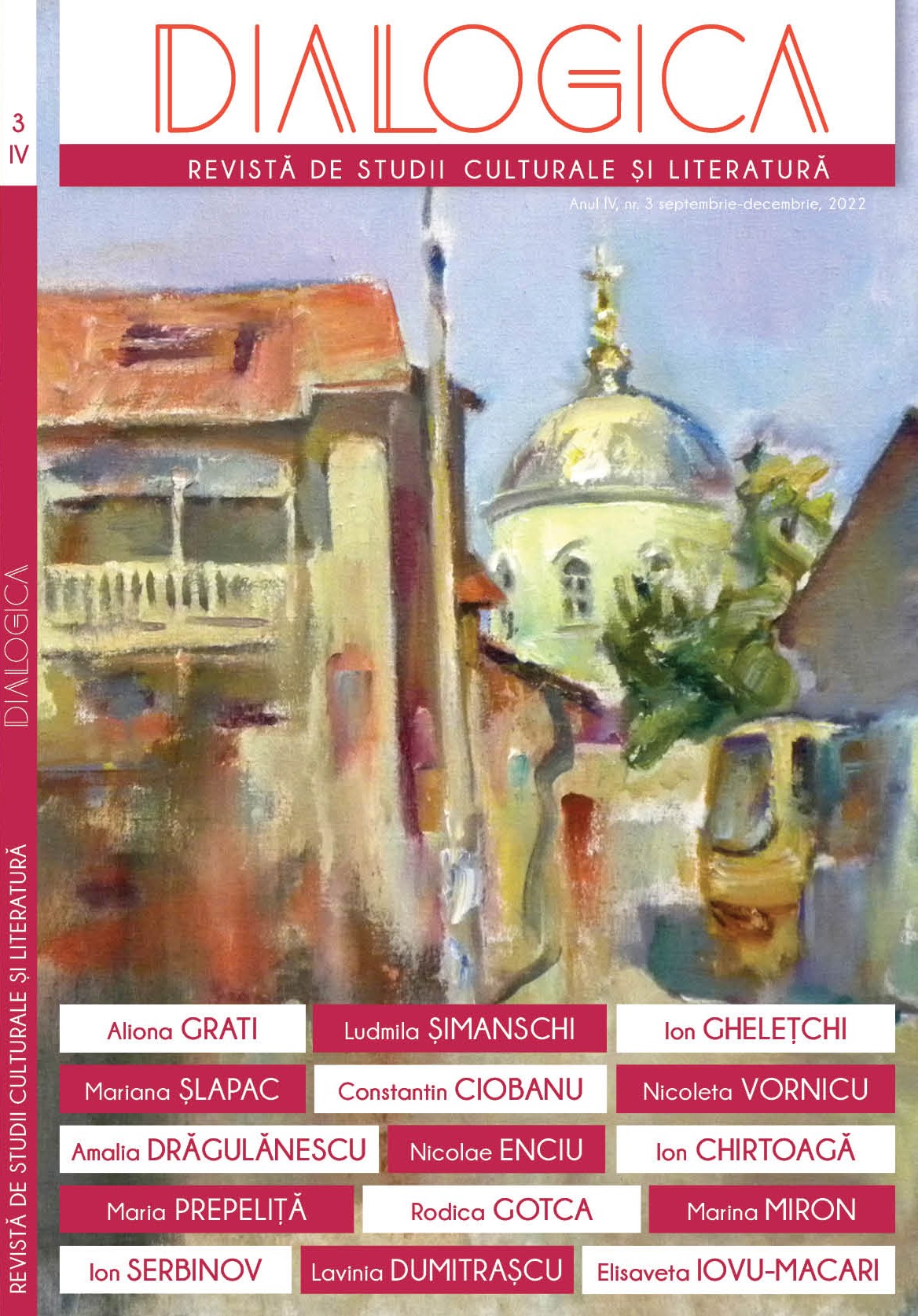Manuscrise de lux din vremea lui Neagoe Basarab
Luxury manuscripts from the time of Neagoe Basarab
Author(s): Constantin I. CiobanuSubject(s): Fine Arts / Performing Arts, Cultural history, 16th Century, 17th Century
Published by: ArtPoligraf SRL
Keywords: Alexandru Odobescu; Bistrița Monastery; Codex; Four-Gospels; Marcea the seneschal; Moldavian codices; Neagoe Basarab; Sucevița monastery;
Summary/Abstract: The luxury manuscript book, decorated with frontispieces or miniatures, was especially widespread in Moldova and less so in Wallachia, during the first quarter of the 16th century. The given study presents the Gospel (for holidays and working days throughout the year) and a Tetraevangel (Four Gospels) – two richly decorated manuscripts, belonging to the era of Neagoe Basarab. The Gospel is a gift from the voivode himself, who arrived at Sucevița Monastery through an unclear contest of circumstances. The manuscript was made, most likely, in one of the scriptoriums active in Neagoe Basarab’s time, as the danie inscription on the iron indicates. The Tetraevangel, which preserved – not on the pages of the codex, but on its hardware – the name of Marcea postelnicul (the seneschal) and his wife Marga, the sister of Neagoe Basarab, was discovered by Alexandru Odobescu, in 1860, in the rich library of the Monastery Bistrita (Vâlcea county).The very elegant calligraphy of the titles and the text of the two gospels recalls that of the 15th century Moldavian codices: in their frontispieces we find a related type of decorative motifs based on chained circles similar to that used by Gavril Uric. These similarities do not allow the inscription of the manuscripts in a local Wallachian tradition, but rather place them in an area of influence of the book decoration of the neighboring country.
Journal: DIALOGICA Revistă de studii culturale și literatură
- Issue Year: IV/2022
- Issue No: 3
- Page Range: 45-51
- Page Count: 7
- Language: Romanian

